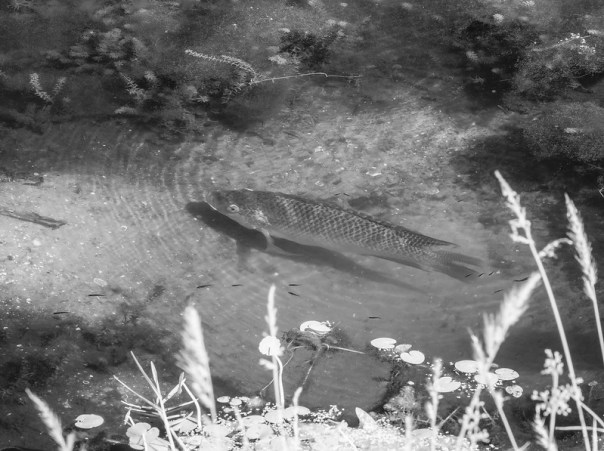I try to maintain a regular schedule here and normally blog once a week – almost always on Sunday morning. I get up early and write (or finish writing) so I can hit the “publish” button before breakfast. My system’s worked pretty well for me and I hope for readers too. It’s gotten me up to almost 600 articles so far.
I enjoy it, but it’s a challenge at times. I want to include photography info worth reading or at least an image worth viewing. And I want each post to be something that I’ll enjoy re-visiting myself.
This morning I sat here with a blank page and a photographically blank mind. Making and processing images is a passion for me and has been for a long time. I’m pretty sure I’ll continue to enjoy it as long as I can. But it is just a hobby and there can be (and this week are) more important things to think about and deal with.
I won’t burden you with any personal issues – the blog is about image making. Instead I’ll simply leave you with another recent Caladium composition that I hope you’ll enjoy. Processing it to preserve as much detail as possible took my mind off of other things for just a little while.
 Morning Dew. We’ve had some bumble bees flying around our flowers lately and I’ve tried to photograph them. I made this image after giving up on the bees one morning.
Morning Dew. We’ve had some bumble bees flying around our flowers lately and I’ve tried to photograph them. I made this image after giving up on the bees one morning.
You can click on this image to view a larger version on Flickr. Thanks for stopping by and reading my blog. Your visits and comments mean a lot to me.
Now – go make some photos! I will too.
©2019, Ed Rosack. All rights reserved






































